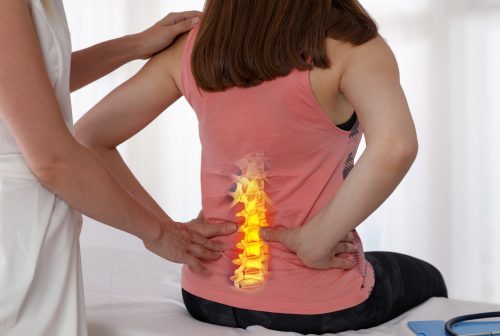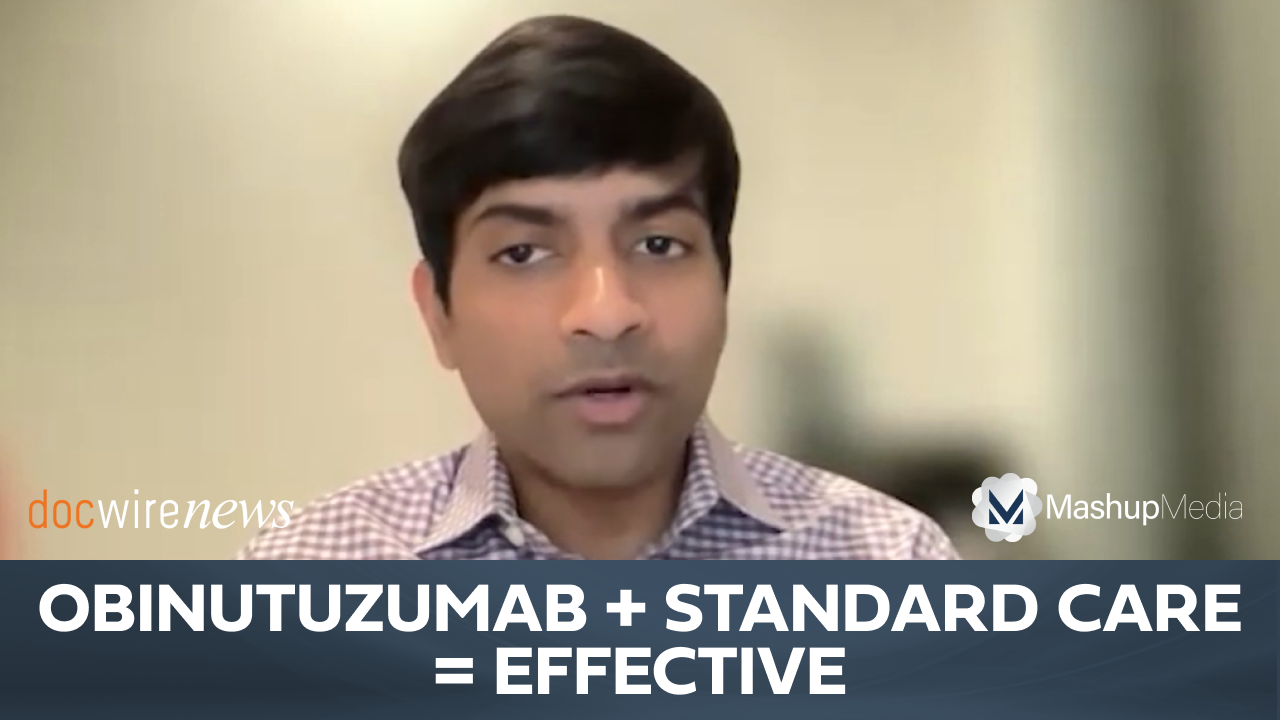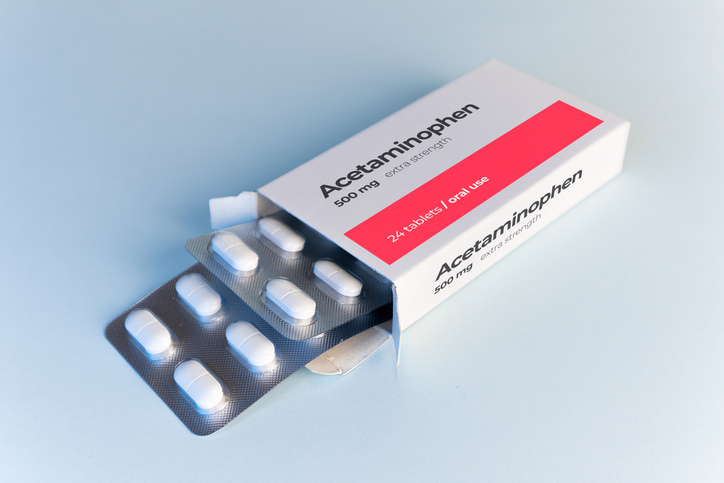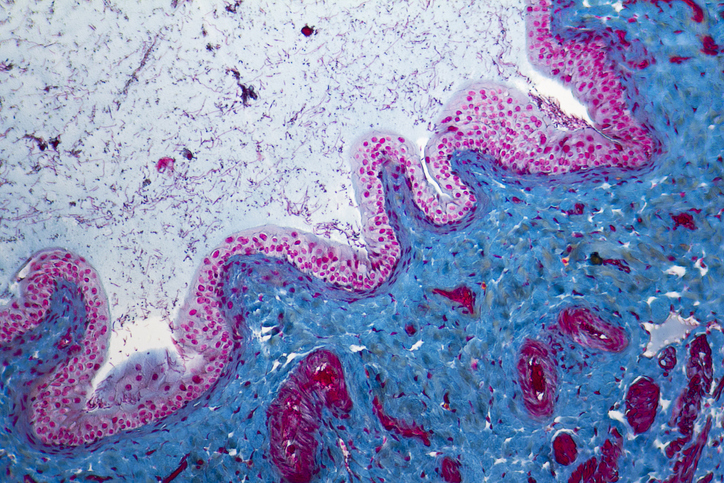
Sufferers of chronic back pain who have not responded to other treatments may find relief from dorsal root ganglion (DRG) neurostimulation therapy.
Patients who underwent a permanent DRG stimulator implantation between June 2016 and January 2018 and were followed for three to 18 months (n = 67) were included in the prospective study. Researchers evaluated patients’ pain (NRS 0 to 10), patient global impression of change (PGIC), and degree of disability (Owestry Disability Index), and compared data between baseline and longest follow-up period and between groups of patients with follow-up of < six months, six to 12 months, and > 12 months post-implantation.
Pain disruption therapy treats source of chronic back pain https://t.co/qO4Cs15joC
— Dr. Alfonso Morales (@centralmedicalm) October 18, 2018
Prior to implantation, NRS scores were 8, and Owestry disability index was 33%. At longest follow-up, NRS pain scores went down to 5 (95% CI of the difference -5 to -1, P < 0.001), and Owestry disability index dropped to 23% (95% CI of the difference -2 to 16, P < 0.001). Mean PGIC was 70%. NRS scores, Owestry disability index, and PGIC did not differ at follow-up of < six months, six to 12 months, and > 12 months.
@ASALifeline Newer nerve stimulation relieves chronic back pain: dorsal root ganglion (DRG) stimulation @AbbottNews targets only nerve fibers carrying signals from source of pain, avoids fibers that convey messages from non-painful regions #neuromodulation https://t.co/7BpixeXlgr
— Dr. Carayannopoulos (@PSRDoctor) October 17, 2018
The study’s findings were presented at the ANESTHESIOLOGY 2018 meeting, hosted by the American Society of Anesthesiologists (ASA).
“People in our study who had DRG stimulation reported significant improvement in pain even after a year, which is notable,” said lead study author Robert J. McCarthy, Pharm.D., a professor of anesthesiology at Rush University Medical Center, Chicago. “They had tried numerous therapies, from drugs to spinal cord stimulation to surgery, but got little to no lasting pain relief. For most, DRG stimulation really improved their quality of life.”
A great resource for those incorporating #DRG into their treatment algorithm. The Neuromodulation Appropriateness Consensus Committee on Best Practices for Dorsal Root Ganglion Stimulation – Deer https://t.co/gdvmpj7ymc @doctdeer @ASPN_PainNeuro
— Dawood Sayed, MD (@dsayed1) September 24, 2018
DRG differs from spinal cord stimulation because it targets specific pain sources, as opposed to sending stimulation to nerve fibers unnecessarily, and it uses lower levels of current. It is also a non-drug pain treatment.
“There is a real need for non-drug therapy relief for people with chronic pain,” McCarthy said. “Although it is more technically difficult to place the electrodes, it may be an option for patients who haven’t benefited from other pain therapies, and may reduce or eliminate the need for opioids.”
1 in 5 Adults Suffer from Chronic Pain
Dr. Scott Metzger Discusses Addressing Chronic Pain
Prescribing Pain Medications: Focusing on Safe and Effective Treatments
Sources: ASA: Dorsal Root Ganglion Stimulation for Chronic Pain ; Pain disruption therapy treatssource of chronic back pain







 © 2025 Mashup Media, LLC, a Formedics Property. All Rights Reserved.
© 2025 Mashup Media, LLC, a Formedics Property. All Rights Reserved.